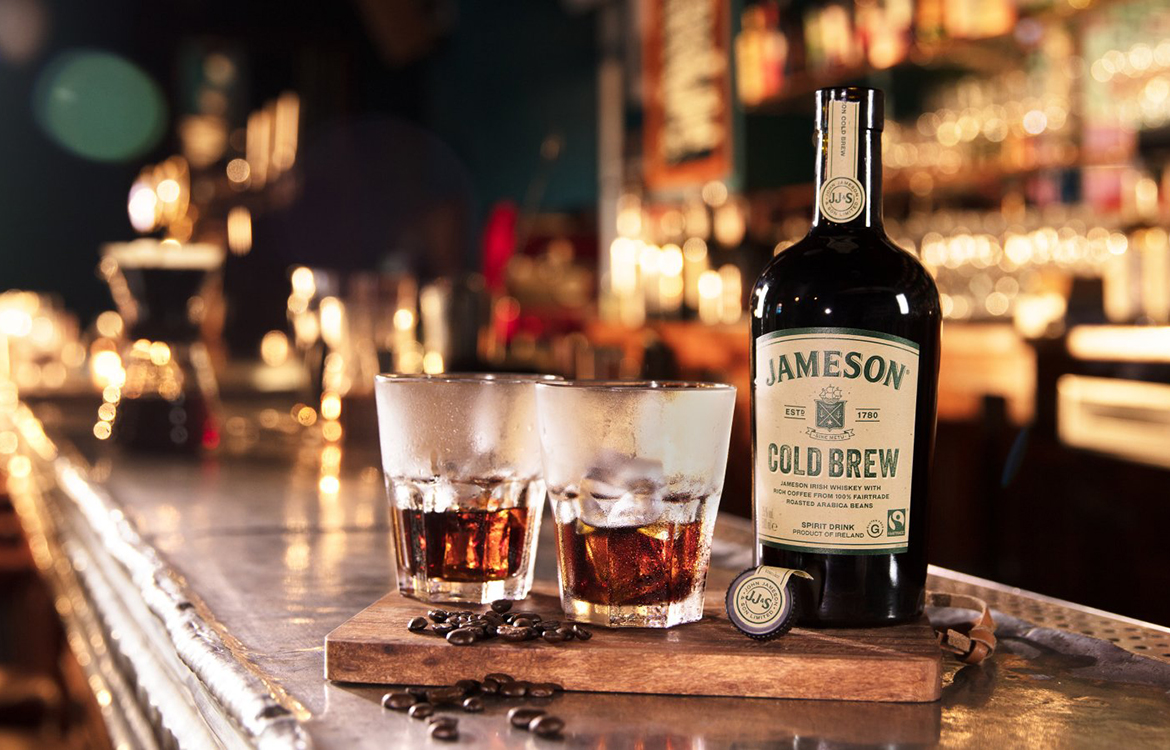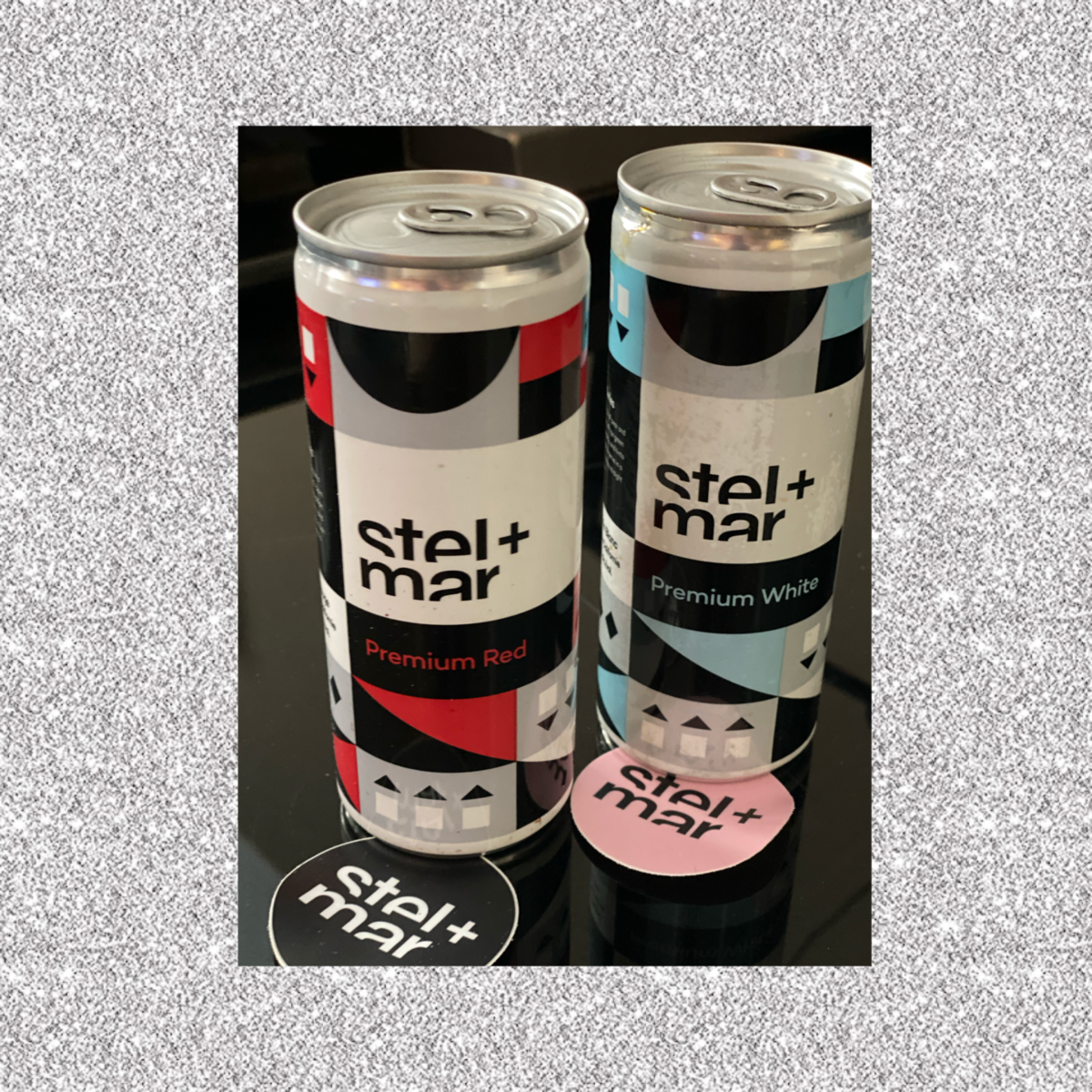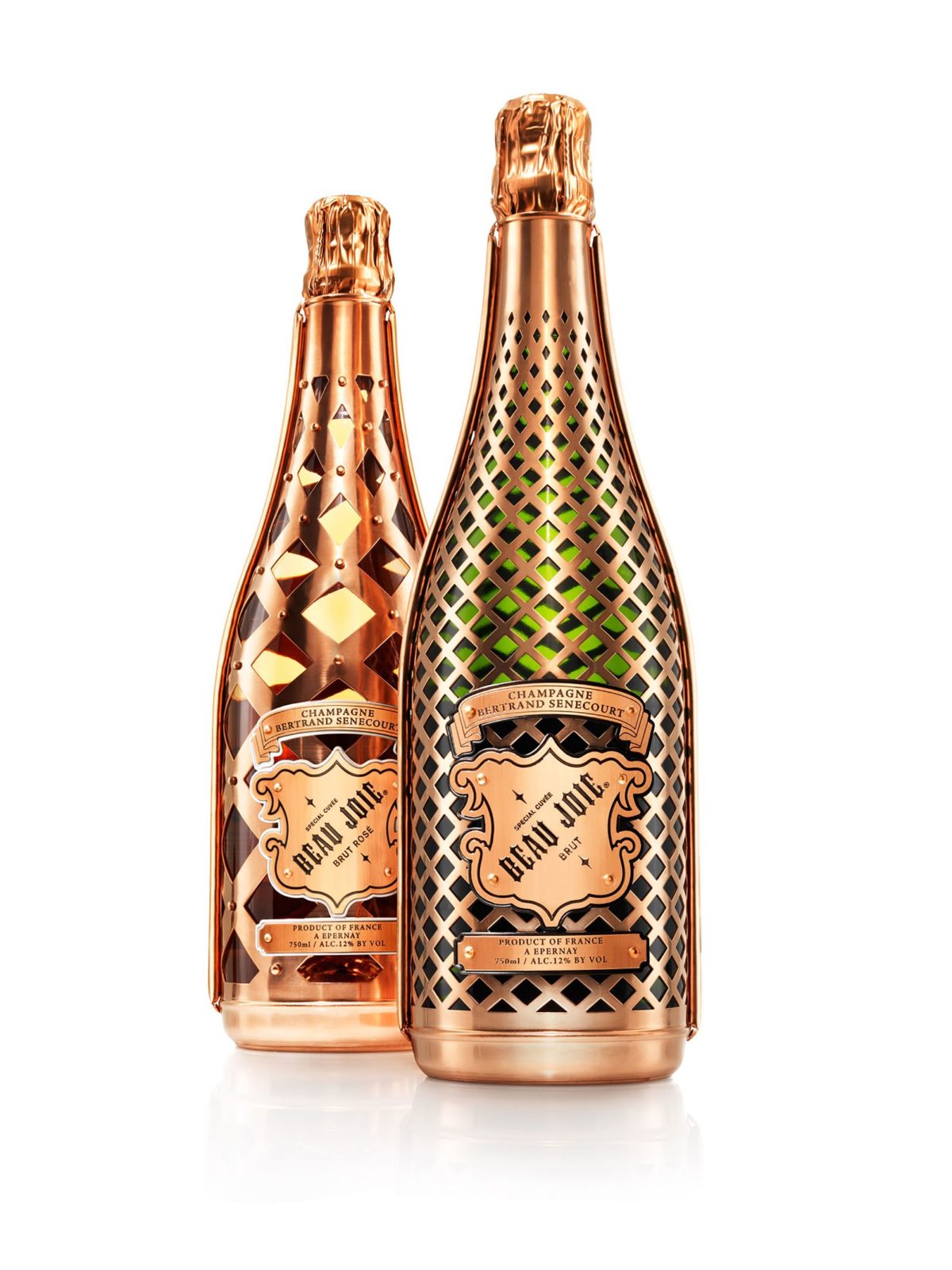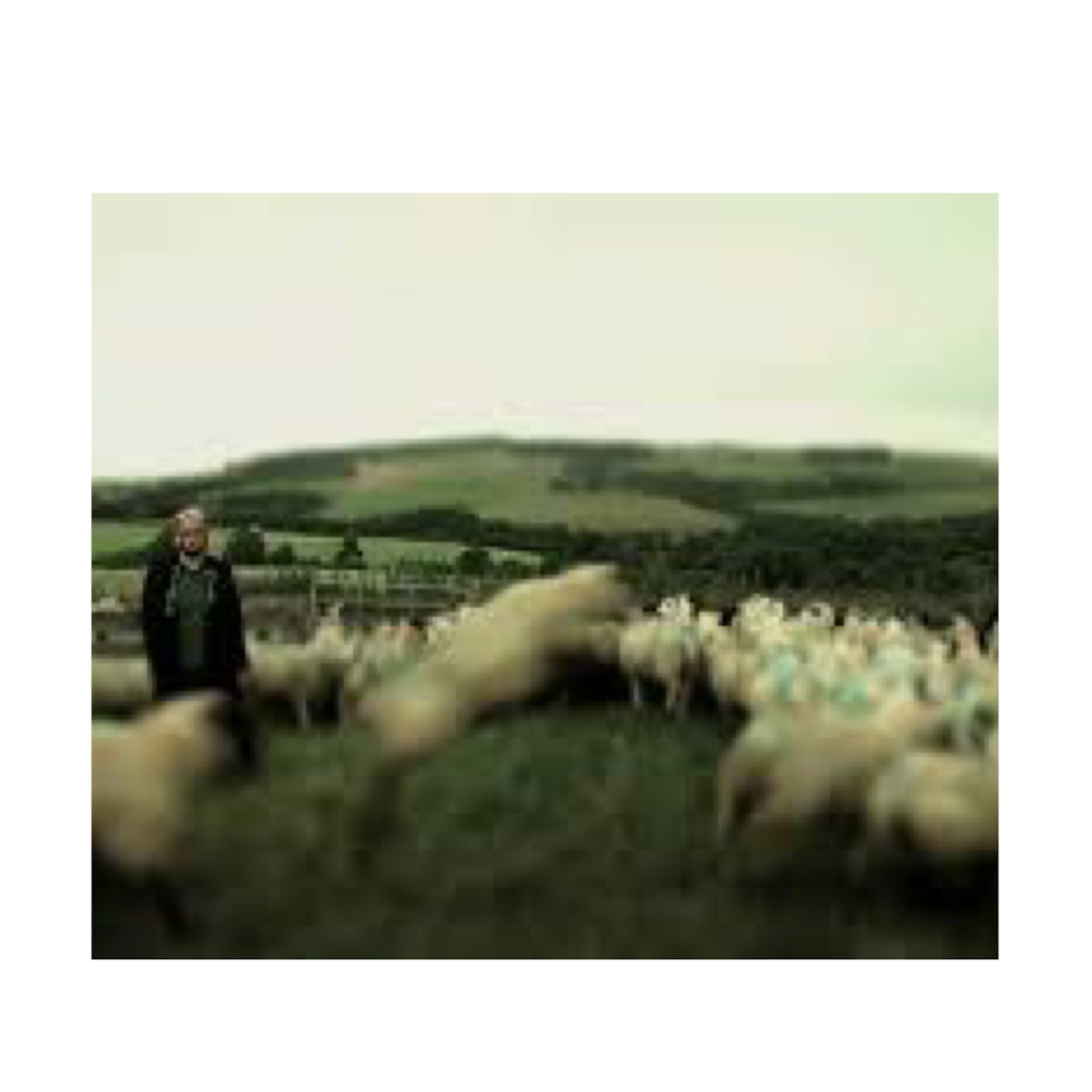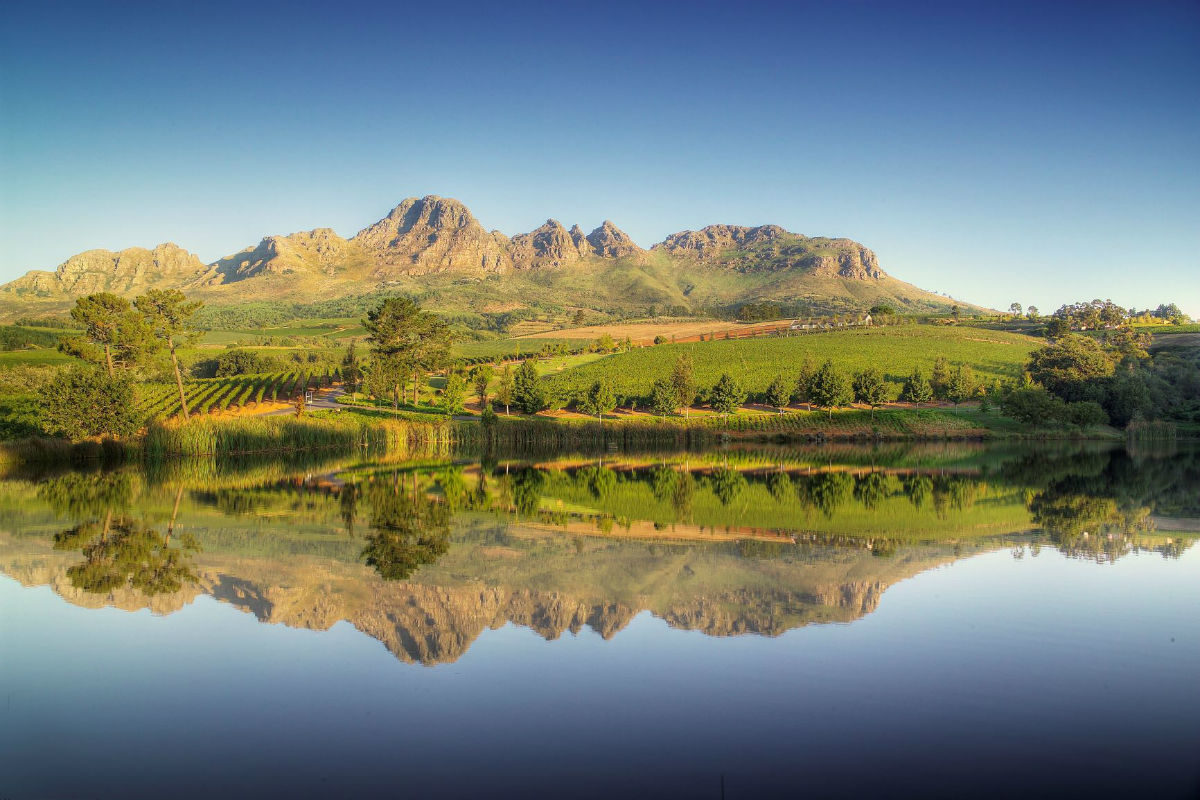Earlier this week Jameson unveiled Jameson Cold Brew, an Irish Whiskey infused with natural cold brew coffee.
“By combining the smooth taste of triple-distilled Jameson and the richness of natural cold brew coffee flavor into one bottle, Jameson Cold Brew celebrates a passion for whiskey and coffee,” explains Matt Foley, Jameson brand director at Pernod Ricard USA. “When we started researching our next innovation, we didn’t need to go far, as it had been under our nose all along.”
As the Jameson community has a passion for Irish Whiskey and craft coffee, the brand says it listened to what Jameson fans had been requesting for years. The result is Jameson Cold Brew.
“The spirits category is constantly evolving, with consumers seeking new tastes and ways to enjoy a drink,” adds Foley. “Jameson Cold Brew is a delicious option for any occasion from brunch to happy hour. Enjoy Jameson Cold Brew chilled, on the rocks, mixed with cola, or in a cocktail. My personal favorite is on the rocks.”
Tasting Notes:
Jameson Cold Brew has a nose of coffee bean combined with the vanilla nuttiness of Irish whiskey, the company says. On the palate, you’ll find coffee and charred wood from the pot still, plus notes of toasted oak and dark chocolate.
Jameson Cold Brew is 60 proof, 30% ABV. It retails for a suggested price of $24.99 per 750-ml. bottle.
Website – for further details: https://www.jamesonwhiskey.com/en-CA/

